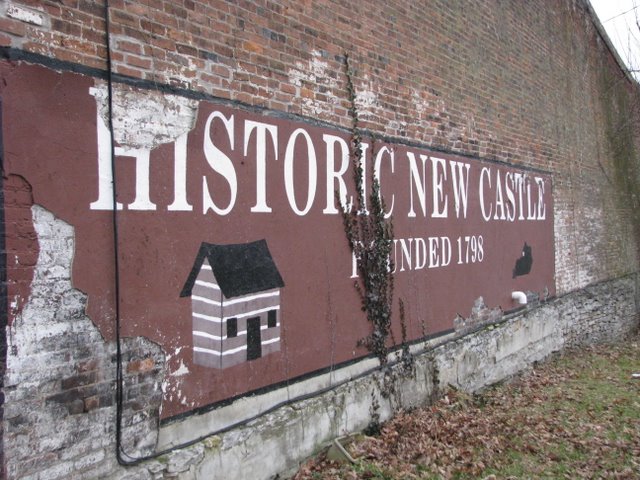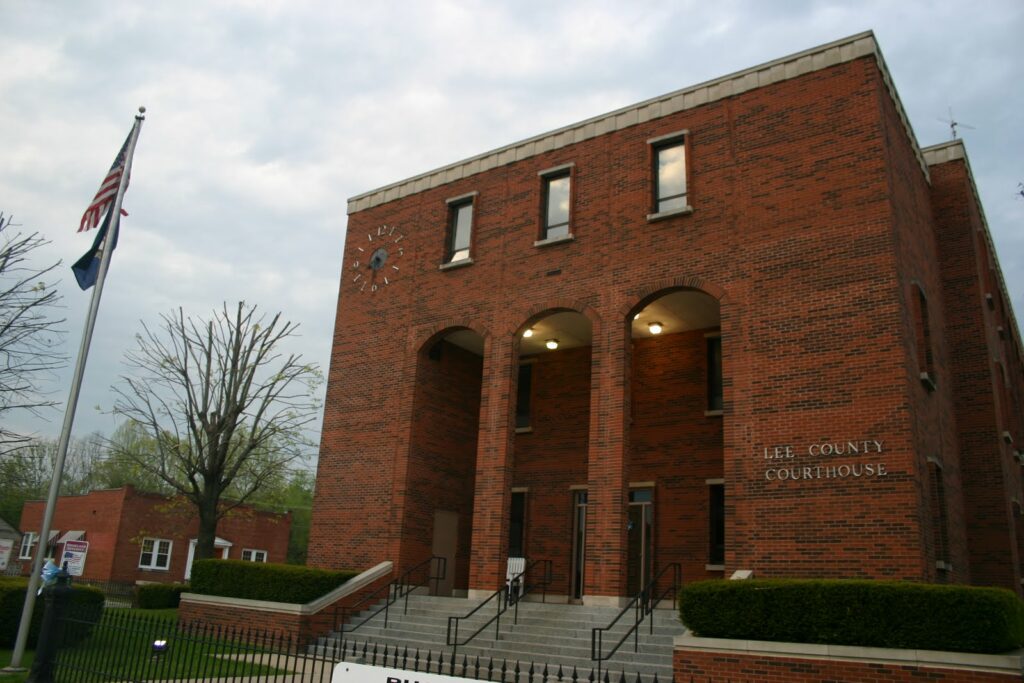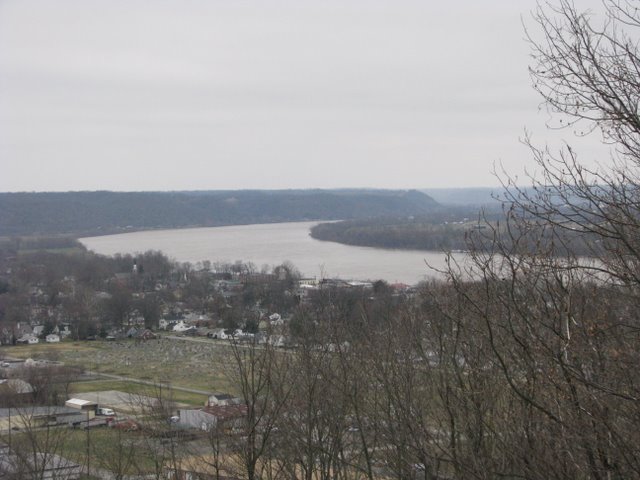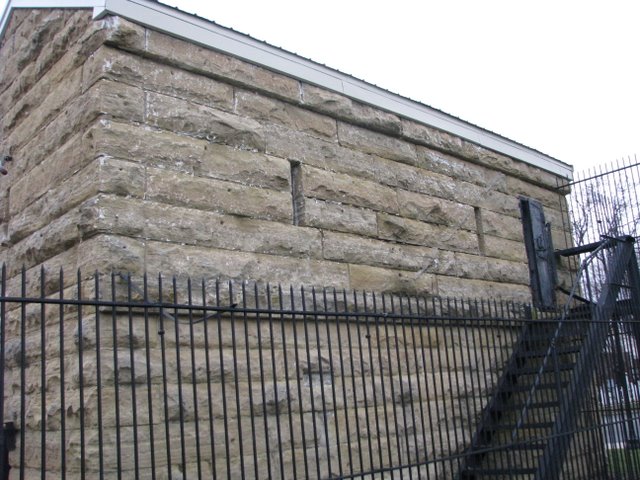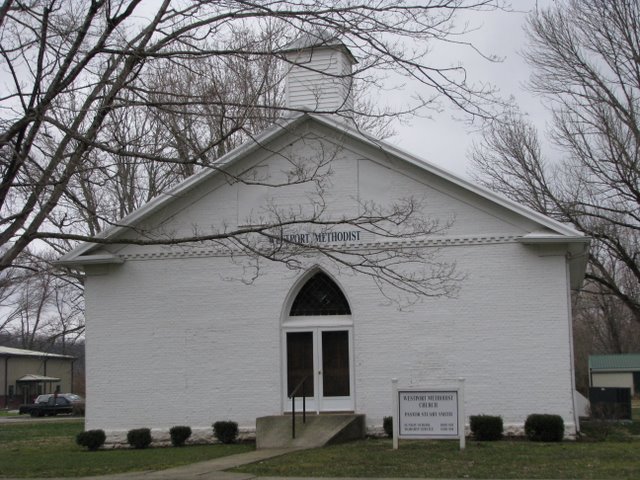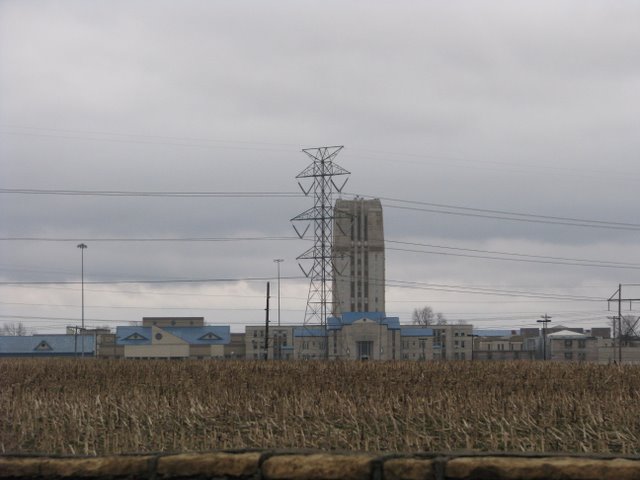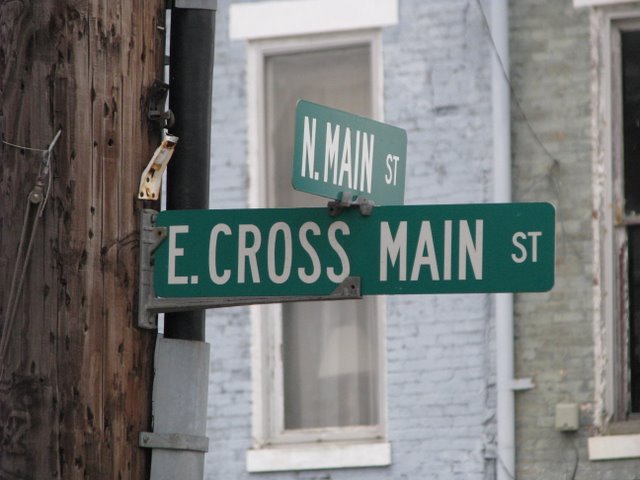 |
| Intersection of Main & Cross Main in New Castle |
Pictured above is the sign marking the intersection of N. Main St. and E. Cross Main St. in New Castle, Kentucky. Historical significance: none of which I am aware. So why the picture and the post?
Well, you’ve probably figured out I love strange historical facts and findings. A common street design in this area was to have a Main Street with a “Cross Street” (aka “Cross Main” or “Main Cross”). The road was traditionally the main road to run perpendicular to Main Street. Why the picture? Because I’ve never noticed a street sign bearing the name. Lexington’s “Main Cross Street” is now Broadway. Nicholasville’s “Cross Street” is now Walnut Street.
New Castle’s isn’t the only remaining “Cross” street. A quick google reveals several in Ohio and another in Louisa, Kentucky (Lawrence County).

